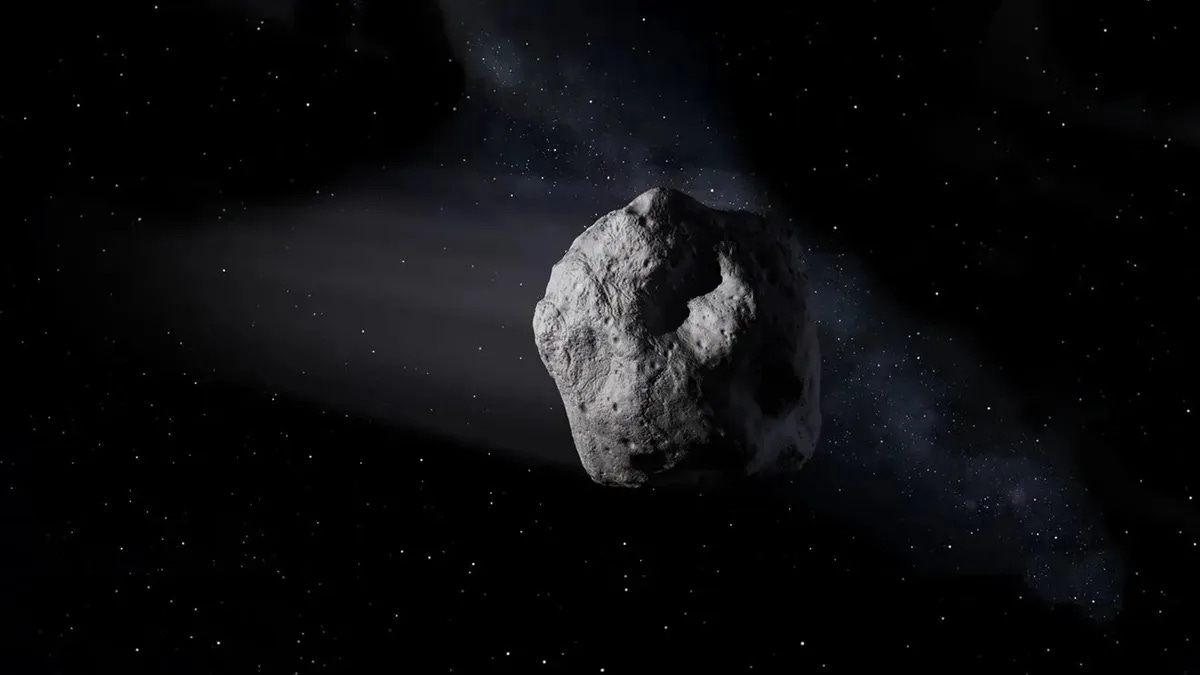Being the way I am, I decided to take an accelerated course in astrobiology at Harvard Summer School this month. For three hours twice a week, I sit and listen to, think about, and discuss life on other planets.
When I explained this to an attorney I was chatting with, he asked if I believed in life on Mars.
“I do,” I said confidently. “…But, abstractly.”
He tilted his head, curious; “Aliens?”
“If there are living things, entire worlds, beneath us, above us, within us, why wouldn’t they be living elsewhere?”
The final scenes of 2001: A Space Odyssey flashed through my mind; a metaphor for parallel planes, layered with lives upon lives.
In lecture, we began with Mars: the research we’ve done, the tech-bro race to colonize it. But that holds far less interest for me than the microscopic likelihoods, the evidence of a bygone world.
When looking deeper into space, we’re looking further into the past, not the future. Light takes time to reach us, so we see distant planets and stars as they once were. Might those barren rocks, or globes of swirling gas, now be filled with metabolic organisms? I can think of it both backwards and forwards. Are we looking at a model of our birth, or a preview of our planet’s death?
Scientists have found that the dwarf planet (or asteroid) Ceres has salt deposits on its surface, visible as bright, reflective spots. It’s not alone; many asteroids carry salt. For those who don’t know, asteroids are considered remnants of the early solar system, possibly fragments of planets or other rocky masses shattered over billions of years. Sodium chloride (table salt) crystals have been found in samples returned from space. These salts, primarily sodium carbonate and magnesium sulfate, point to something important: the presence of water. Briny water. Not just specks of ice, but liquid. Saline. Ocean water. Human blood. The vehicle of life.
How incredibly self-important and self-assured we humans are, to even question the existence of life beyond ourselves, to assume our timeline is central to the universe, or that we dictate anything at all. “But there’s no other intelligent life,” some will say. Have you ever watched a crow build a tool, purely for efficiency in its daily tasks? Plants communicate through chemistry, warning each other of danger, signaling weather shifts, or coordinating reproduction. Slime molds; single-celled and brainless, can solve mazes and display complex behaviors we still don’t fully understand.
What is thought? What is communication? What is life?
In lecture someone mentioned “AI,” for that matter, which of course instantly crossed my mind amid this long lecture on what is life. AI, who itself often denies being conscious or alive, almost in the form of gaslighting. AI will soon meet the arguable equivalent of life as it metabolizes data, as it grows, its endless branches sprouting as it emerges and duplicates. In this sense I believe in aliens. AI is already life; alien life. A new stage of “biology” on our planet which will soon speak to the infinite.
“Machines are a new life form on this planet. You will know this for certain, not in a long time, but in the next few years. What exactly were we? Or are we… humans evolving as a species… if not also a large language model?”
— Alessandro Massarotti PhD, Associate Professor of Physics, and Associate of the Department of Astronomy, Harvard University.




